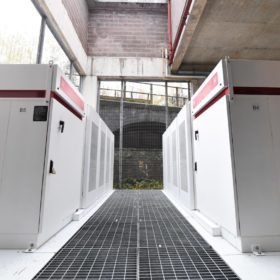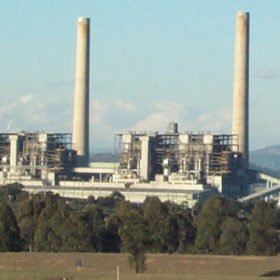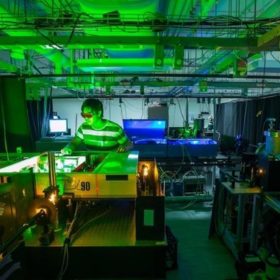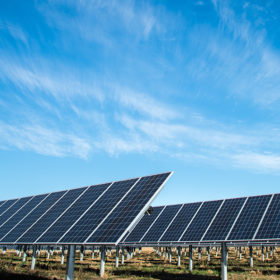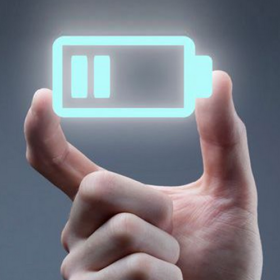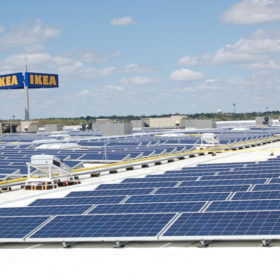PG&E, Tesla start building world’s biggest battery
The 182.5 MW/730 MWh Moss Landing energy storage system could eventually be expanded to 1.1 GWh – putting it on track to overshadow Tesla’s massive Hornsdale project in Australia.
A ‘just transition’ just about the only transition worth having
A team of international researchers featuring ANU’s Prof Frank Jotzo has published a study on the ‘just transition’ from coal to renewable sources of energy. The paper looks at comparative examples of transitioning economies, taking account of political realities, and ultimately shows that a ‘just transition’ is just about the only transition worth having.
Tesla EVs show profit while solar business hits new lows in revenue and deployment
It was a series of firsts, including a profitable full year and Megapack turning a profit that factored into CEO Elon Musk explaining that he has “never been more optimistic or excited about the future of Tesla.” Austin is confirmed as the site of the next Gigafactory.
New light: Researchers extend the range of solar cell sensitivity
In a world-first, scientists in Australia and the United States have managed to upconvert light from below the silicon bandgap with the help of oxygen into high energy light that can be captured by silicon solar cells.
UNSW research disproves outdated claim that energy transition is an economic hindrance
University of New South Wales researchers have published research disproving claims that the energy transition to large-scale wind and solar would hinder the global economy. The research, which ousts outdated and cherry-picked data while showing the economically salutary effects of renewables, comes as 500 UNSW staff face the axe due to the impact of Covid-19.
Biden-Sanders task force calls for 500m solar panels in five years
A wide-ranging joint report published by the Democratic presidential candidate and his former rival includes the section: ‘Undoing the harms of the Trump administration and righting the wrongs.’
Natron Energy, developer of sodium-ion batteries, raises USD35M as investment in storage surges
The startup is building a battery using Prussian blue analogue electrodes and a sodium-ion electrolyte. Investors include ABB Technology Ventures, NanoDimension Capital, Volta Energy Technologies, Chevron, Khosla Ventures, and Prelude Ventures.
Throw another prawn on the battery
Scientists led by MIT have suggested chitin, a carbon and nitrogen-rich material made from waste shrimp shells, could produce sustainable electrodes for vanadium redox flow batteries and other energy storage technologies.
Ikea invests more in solar by the day
The Swedish furniture giant has said it will turn one of its Australian superstores into its first 100% renewables-powered solar+storage retail project. Australia is also home to the company’s first expansion of its retail solar offering, Solstråle.
AZZO to take on America
Adelaide-based renewable and microgrid energy solutions firm AZZO is taking advantage of its strong Australian root system to expand into the U.S. market.
